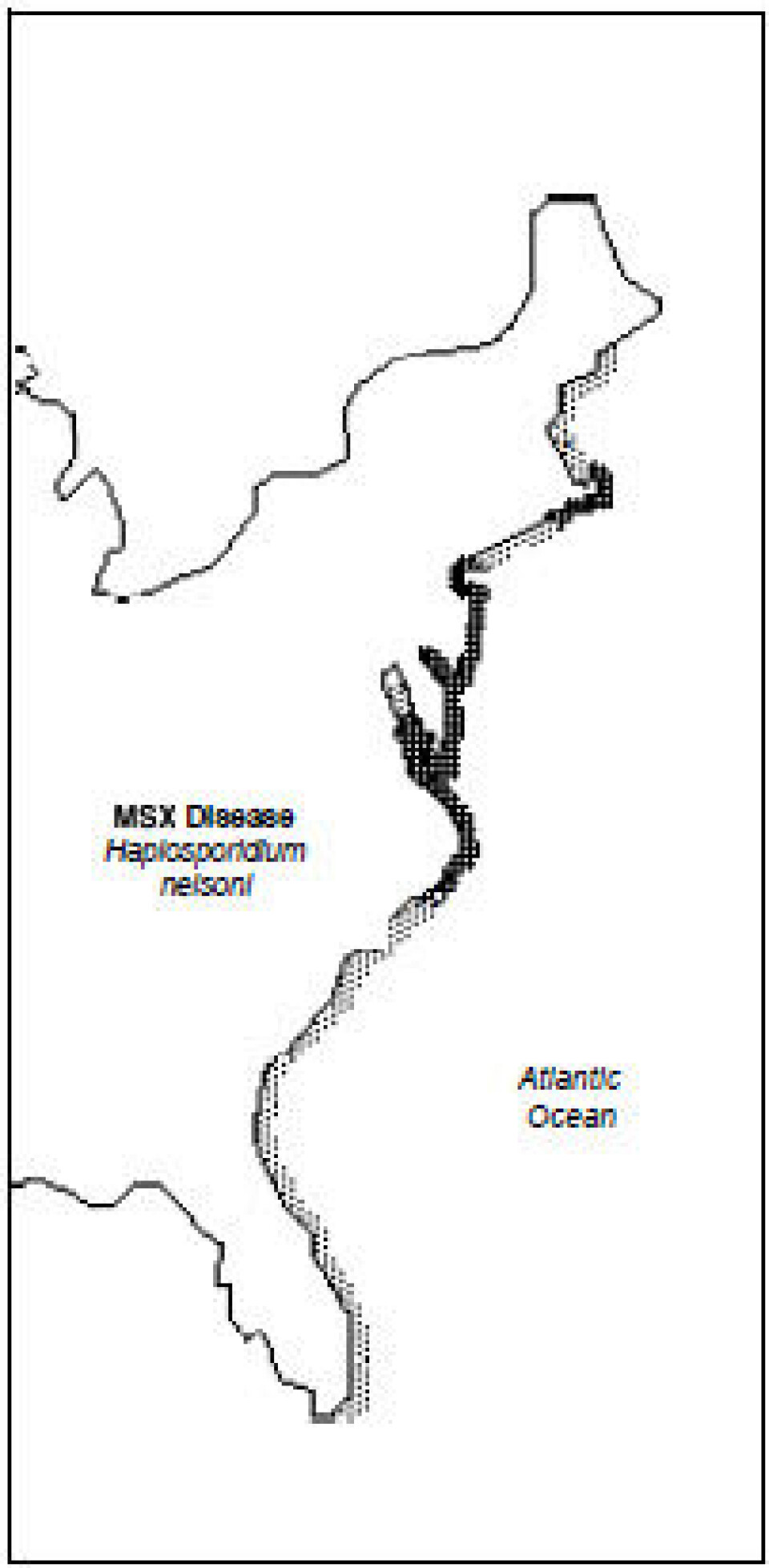
Oyster debacle in Chesapeake Bay
USA: There is growing opposition against plans to introduce Asian oysters into the Chesapeake Bay. Recently several groups have voiced their opposition, including the Virginia Institute of Marine Science, the US Fish and Wildlife Service and the Chesapeake Bay Program's science advisory committee.
Of course, earlier skeptics include environmental groups such as the Chesapeake Bay Foundation and the Nature Conservancy. Many believe that both Maryland and Virginia, which are the bordering states, should spend more money and effort trying to restore the bay's native oyster species.
The reason the Asian oyster has been launched as a potentially new specie is its apparent resistance to most of the known diseases which has destroyed the local oyster populations. Some of the diseases include MSX and dermo, which has caused hundreds of millions of dollars in losses over the last 35-45 years in the entire mid-Atlantic region. Hardest hit are the Chesapeake and the Delaware Bays. Although these parasites are lethal to eastern oysters, they are not harmful to humans.
Introducing a foreign oyster specie, especially one which is both fast growing and disease resistant, may seem appealing. However, the opposition argues that the potential risks are too great and that the new species may eradicate the native oysters.
Some work is underway to help the native oyster population to increase. However, the efforts are too small scale. Scientists are also trying to breed the local oysters for better disease resistance.






















































